Tungsten Silicide Sputtering Target Description
A tungsten silicide sputtering target is a type of ceramic sputtering target composed of tungsten (W) and silicon (Si). This material is commonly used in the semiconductor industry and for various thin film deposition processes.
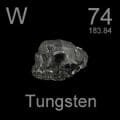 Silicon is a chemical element that originated from the Latin ‘silex’ or ‘silicis’, meaning flint. It was first mentioned in 1824 and observed by J. Berzelius. The isolation was later accomplished and announced by J. Berzelius. “Si” is the canonical chemical symbol of silicon. Its atomic number in the periodic table of elements is 14 with a location at Period 3 and Group 14, belonging to the p-block. The relative atomic mass of silicon is 28.0855(3) Dalton, the number in the brackets indicating the uncertainty.
Silicon is a chemical element that originated from the Latin ‘silex’ or ‘silicis’, meaning flint. It was first mentioned in 1824 and observed by J. Berzelius. The isolation was later accomplished and announced by J. Berzelius. “Si” is the canonical chemical symbol of silicon. Its atomic number in the periodic table of elements is 14 with a location at Period 3 and Group 14, belonging to the p-block. The relative atomic mass of silicon is 28.0855(3) Dalton, the number in the brackets indicating the uncertainty.
Related Product: Tungsten Sputtering Target
![]() Silicon is a chemical element that derives its name from the Latin word ‘silex’ or ‘silicis,’ meaning flint. It was first identified in 1824 by the chemist Jöns Jakob Berzelius. The isolation and formal announcement of silicon as a distinct element were also credited to Berzelius. Represented by the symbol “Si,” silicon has an atomic number of 14, placing it in Period 3 and Group 14 of the periodic table, within the p-block. The relative atomic mass of silicon is 28.0855(3) Dalton, where the number in parentheses denotes the uncertainty.
Silicon is a chemical element that derives its name from the Latin word ‘silex’ or ‘silicis,’ meaning flint. It was first identified in 1824 by the chemist Jöns Jakob Berzelius. The isolation and formal announcement of silicon as a distinct element were also credited to Berzelius. Represented by the symbol “Si,” silicon has an atomic number of 14, placing it in Period 3 and Group 14 of the periodic table, within the p-block. The relative atomic mass of silicon is 28.0855(3) Dalton, where the number in parentheses denotes the uncertainty.
Tungsten Silicide Sputtering Target Application
The tungsten silicide sputtering target is utilized in various applications, including thin film deposition, decorative coatings, semiconductors, displays, LEDs, and photovoltaic devices. It also plays a crucial role in functional coatings for optical information storage industries and is used in glass coatings for car and architectural glass, as well as in optical communication technologies.
Tungsten Silicide Sputtering Target Packing
Our tungsten silicide sputter targets are carefully tagged and labeled for easy identification and stringent quality control. We take meticulous precautions to prevent any damage during storage and transportation, ensuring that the product arrives in perfect condition and meets the highest standards of quality.

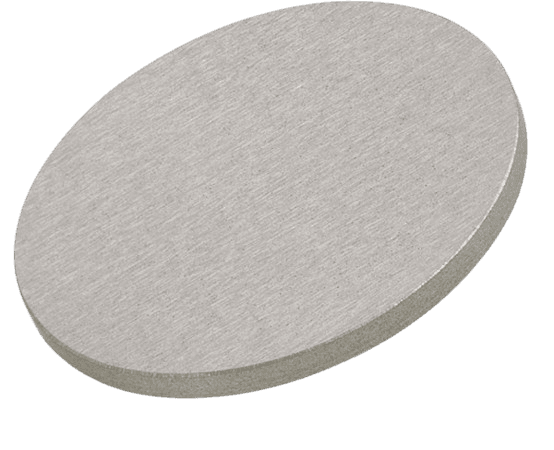
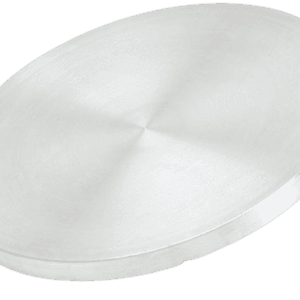
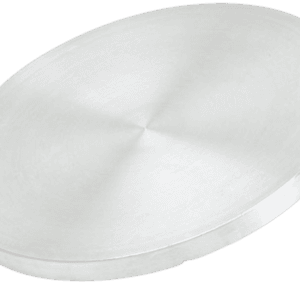
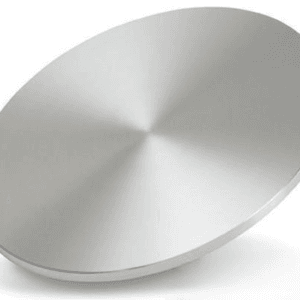
Reviews
There are no reviews yet.